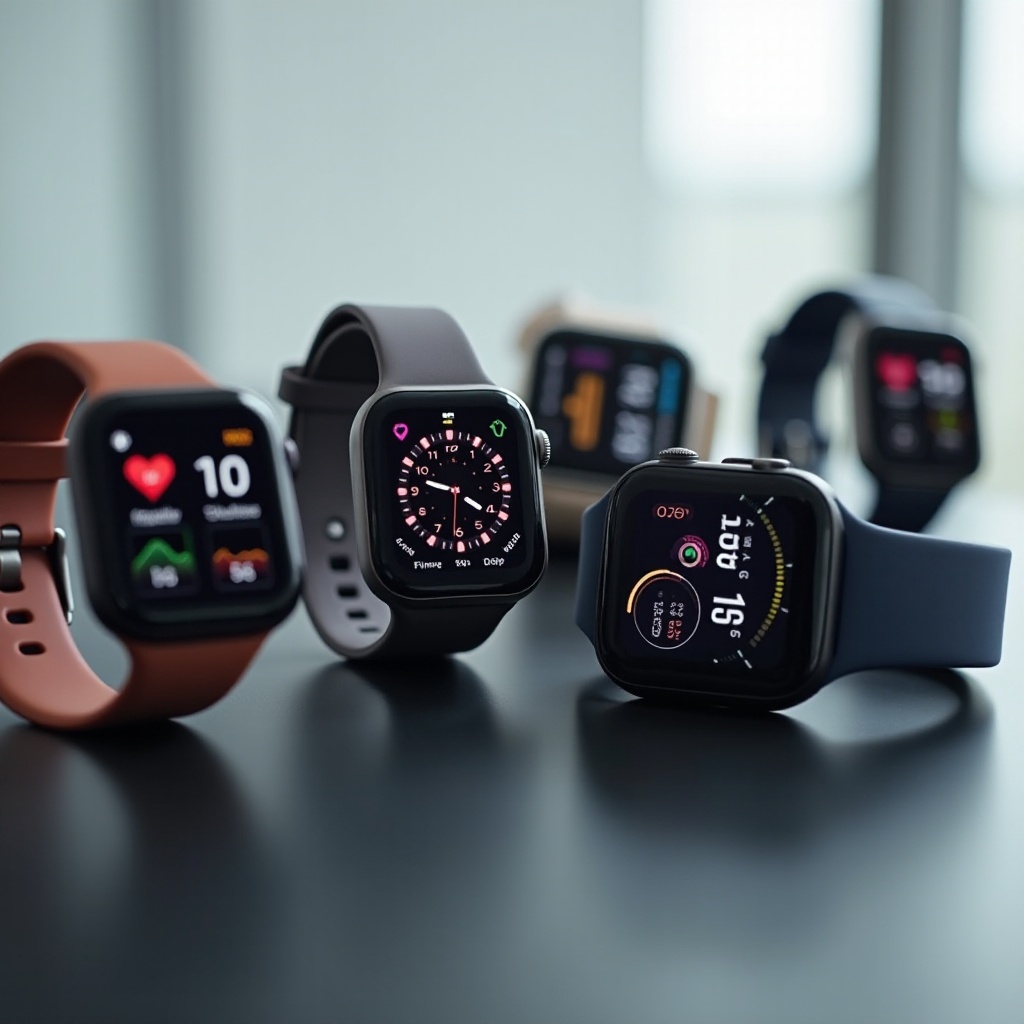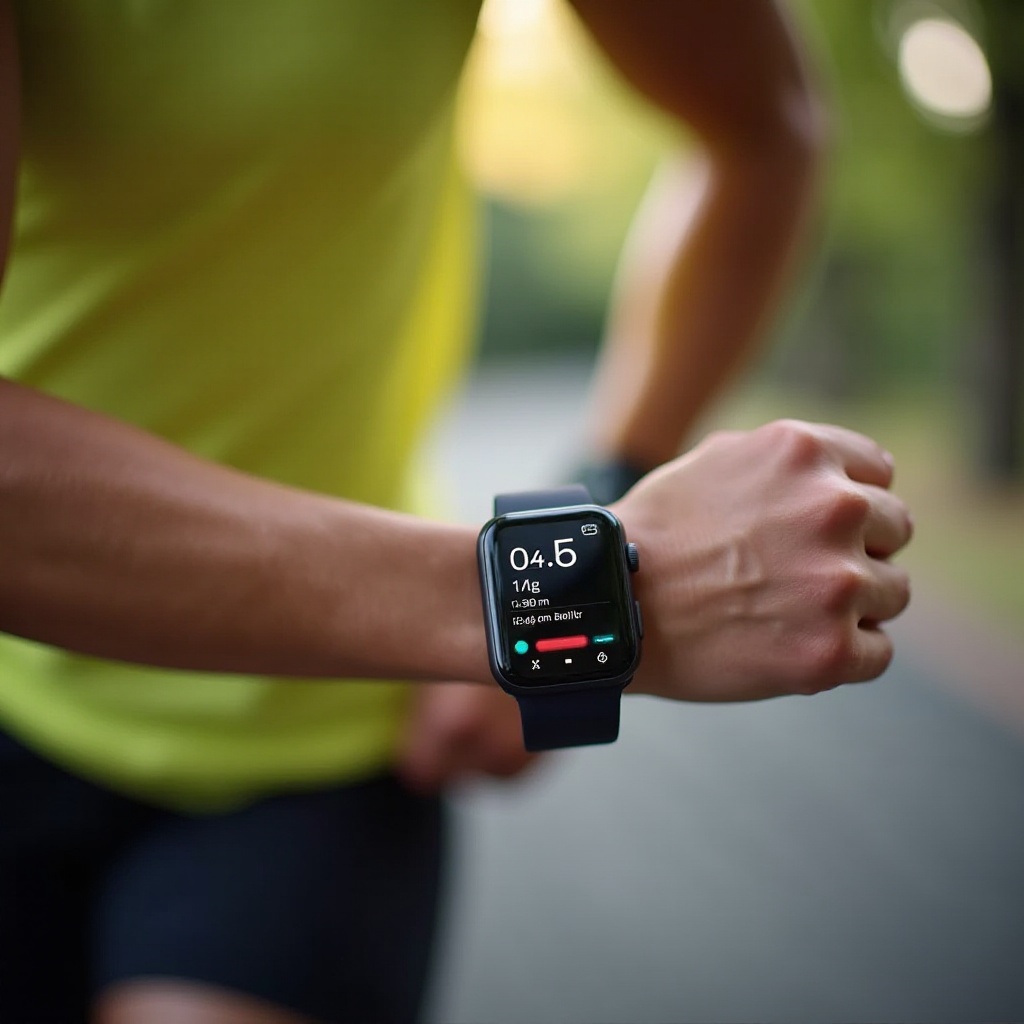Introduction
Smart watches have revolutionized the way we track our fitness and daily activities. One of their most popular features is the ability to monitor how many calories you burn throughout the day. Understanding how smart watches measure calorie burn can help you maximize their benefits and reach your fitness goals more effectively. This blog will delve into the intricacies of how smart watches estimate calorie consumption, examining the technology behind them, methods used by leading brands, and the accuracy of their calculations.

Understanding Caloric Burn Basics
To comprehend how smart watches measure calories, it’s essential first to understand what caloric burn entails. Caloric burn represents the number of calories your body uses for energy through various activities such as walking, running, and even breathing. Total caloric expenditure typically consists of three components:
- Basal Metabolic Rate (BMR): The number of calories your body needs at rest to perform basic functions like breathing and maintaining body temperature.
- Thermic Effect of Food (TEF): Calories burned through the process of digesting and metabolizing food.
- Physical Activity: Calories expended through all forms of physical activities, including exercise.
Smart watches primarily focus on estimating calories burned through physical activity and BMR by utilizing sensors and algorithms to track movements and heart rate.
The Technology Behind Smart Watches
Smart watches rely on various sensors and advanced algorithms to estimate the number of calories burned by the wearer. The combination of these technologies allows for an accurate measurement of different physical activities and overall energy expenditure. Here are some of the key components involved:
- Heart Rate Monitor: This sensor tracks your pulse, which helps determine the intensity of your activities. Calorific burn is calculated based on how hard the heart works during exercise.
- Accelerometer: This sensor measures acceleration forces to track movement patterns like steps taken and speed.
- GPS Tracking: Essential for measuring outdoor exercise distance and pace accurately.
- Altimeter: Measures altitude changes, useful for activities like hiking and stair climbing.
These sensors gather data continually, and built-in algorithms analyze this information to provide an estimate of calories burned.
Methods Used by Different Smart Watch Brands
Different smart watch brands incorporate unique methodologies and technologies to calculate caloric burn. Let’s examine how some of the leading smart watch manufacturers approach this task:
Apple Watch
Apple Watch uses a combination of its heart rate sensor, accelerometer, gyroscope, and GPS to estimate calories burned. The built-in Health app takes this information, along with your age, weight, gender, and height, to estimate your resting and active caloric burn. Apple’s Activity app tracks your movement throughout the day, capturing active calories and providing you with movement goals based on this data.
Fitbit
Fitbit devices utilize a technology called PurePulse to monitor heart rate continuously. Combined with multipurpose sensors like accelerometers and altimeters, Fitbit estimates both resting and activity-based calorie expenditure. Fitbit also accounts for exercise modes, tailoring its energy expenditure estimates based on whether you’re engaging in activities like running, swimming, or cycling.
Garmin
Garmin smart watches use the Elevate optical heart rate sensor and accelerometer data to track and analyze your movements and heart rates. Garmin’s advanced algorithms consider various forms of physical activity, providing more specified calorie tracking based on the specific type of exercise. Furthermore, Garmin includes metrics like VO2 max during cardio workouts to give you detailed insight into your fitness level and caloric burn.
Samsung Galaxy Watch
Samsung Galaxy Watch uses a combination of heart rate monitoring, accelerometer, and gyroscope to calculate calories burned. Their smartwatch algorithms factor in personalized details such as age, weight, height, and gender. Samsung Health app tracks various activities from walking to high-intensity workouts, offering a comprehensive view of your daily caloric expenditure.

Accuracy of Caloric Burn Calculations
While smart watches provide valuable insights into daily caloric burn, they are not infallible. The accuracy of these measurements can vary depending on several factors:
- Sensor Quality: The precision of heart rate monitors and accelerometers can impact overall accuracy.
- User Input: Accurate data entry (age, weight, height, gender) is crucial for precise calculations.
- Type of Activity: Some activities, such as strength training or cycling, may pose challenges for smart watches’ sensors and algorithms, potentially leading to measurement discrepancies.
- Individual Variability: Differences in individual physiology can affect how accurately a smart watch assesses heart rate and movement data.
While the calculations may not be 100% accurate, many smart watches still offer sufficiently precise estimates to guide users towards their fitness goals effectively.

Tips to Improve Accuracy of Calorie Tracking
To enhance the reliability of your smart watch’s calorie tracking, consider the following tips:
- Regular Calibration: Ensure that your smart watch is correctly calibrated, particularly if it’s used for repetitive activities like running or cycling.
- Accurate Data: Enter and maintain up-to-date personal information, including weight, height, age, and gender.
- Consistent Wear: Wear the watch snugly on your wrist to ensure proper sensor contact during activities.
- Complementary Tracking: Use the smart watch in conjunction with other fitness tools or applications for cross-verifying data and additional insights.
Conclusion
Smart watches are valuable tools for tracking fitness and caloric burn, offering insights into your daily activities and helping you make informed decisions to meet your health goals. By understanding the technology behind these devices and methods used by different brands, you can optimize their use for accurate and effective fitness monitoring.
Frequently Asked Questions
How accurate are smart watches in measuring calories burned?
Smart watches provide reasonably accurate estimates of calories burned, especially for aerobic activities. However, their accuracy can vary based on factors like sensor quality, user input, and activity type.
Can smart watches measure calories burned during non-exercise activities?
Yes, smart watches measure calories burned during non-exercise activities by tracking your basal metabolic rate and everyday movements, ensuring a broader understanding of total calorie expenditure.
Do smart watches require calibration to measure calories accurately?
Calibration can enhance accuracy, especially for specific activities like running or cycling. Regular updates and entering accurate personal data also help maintain reliability.

